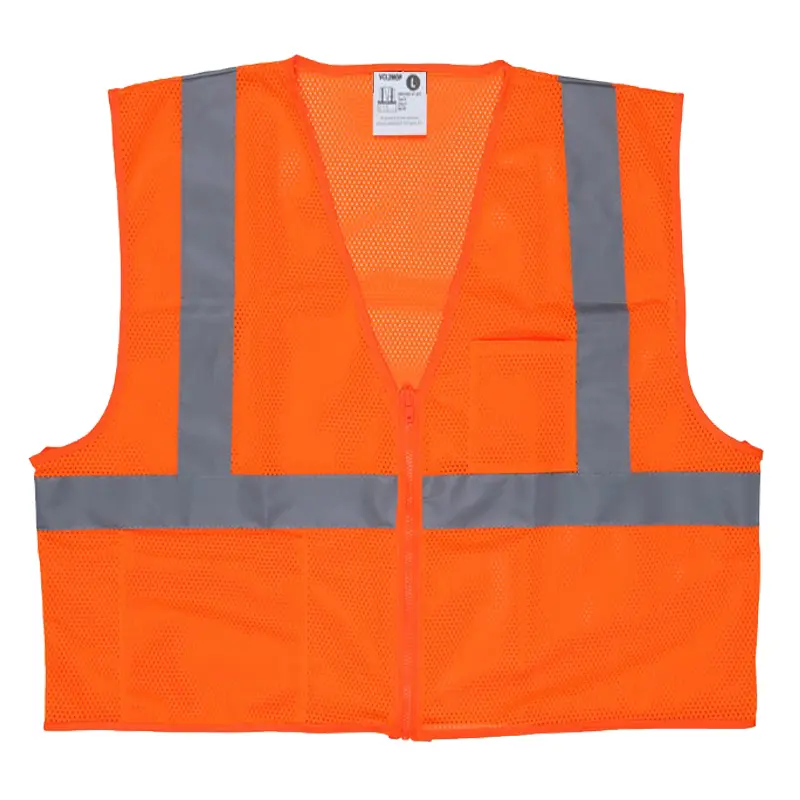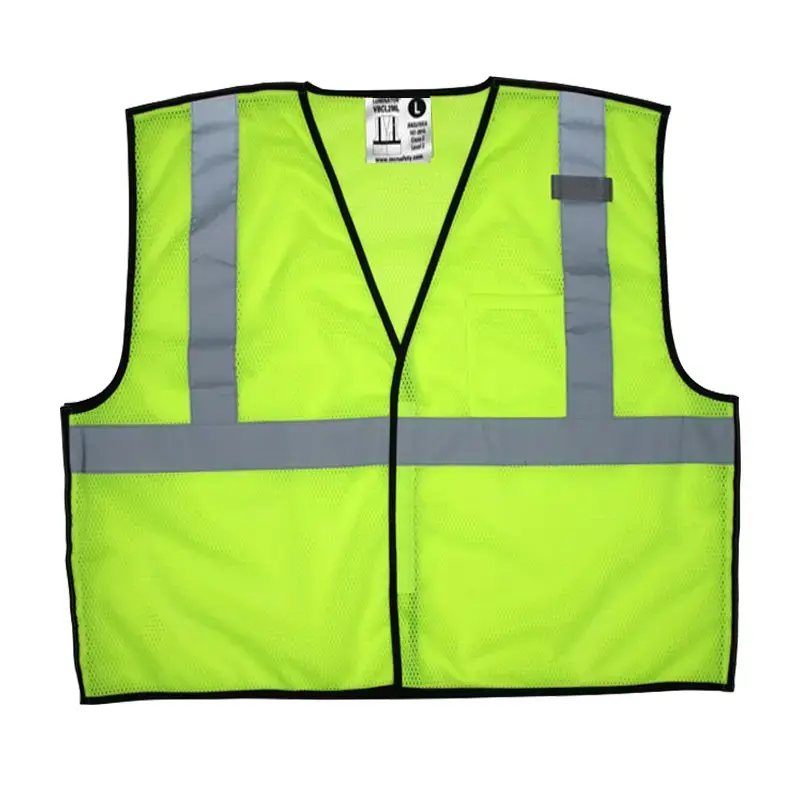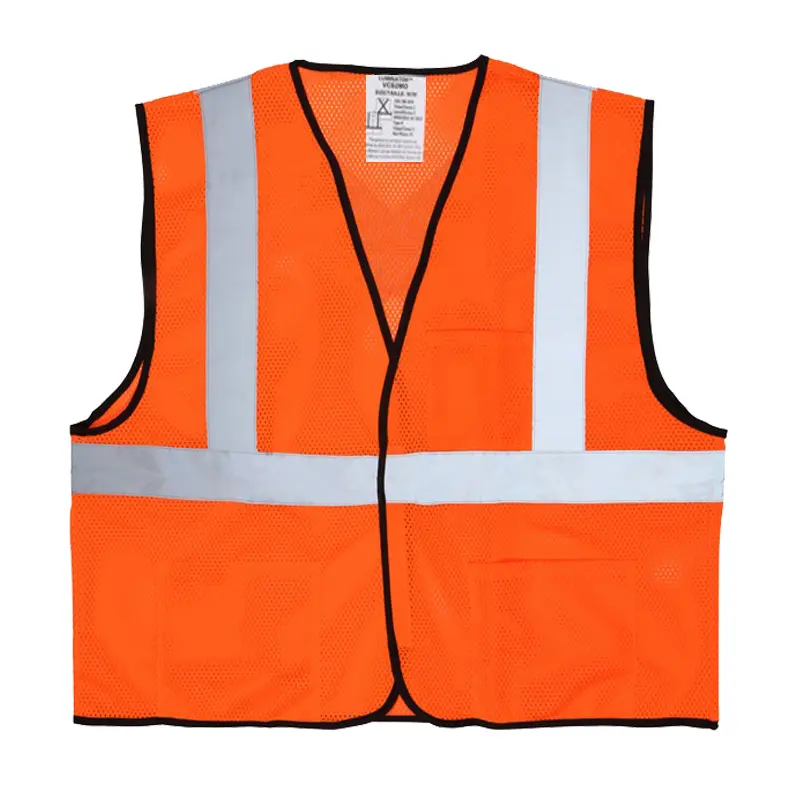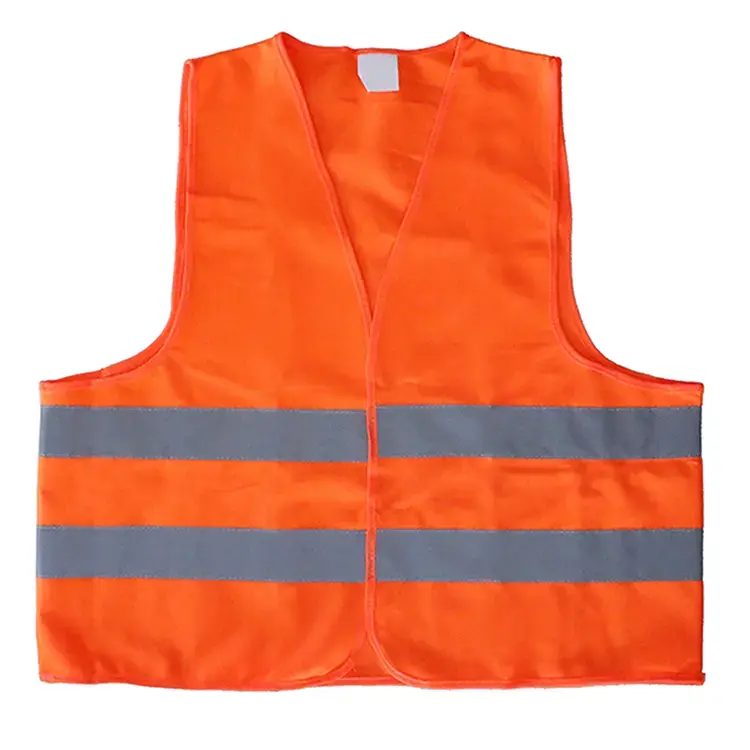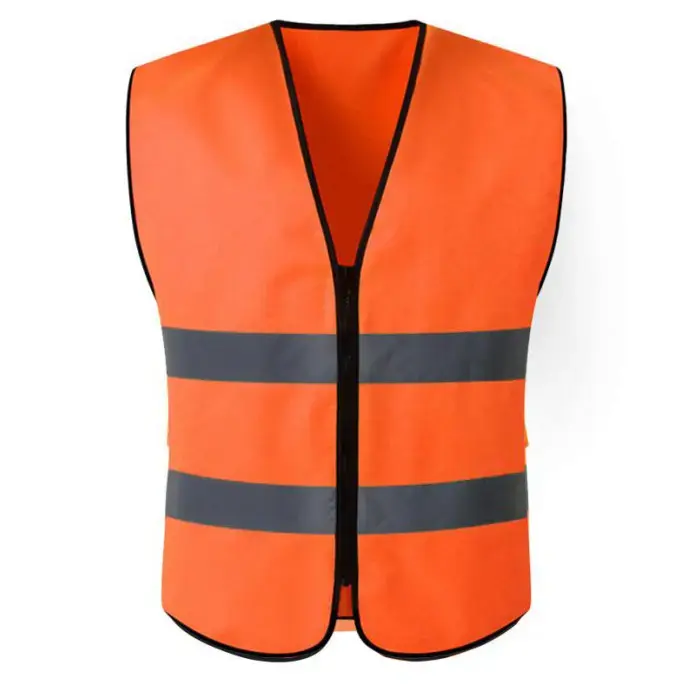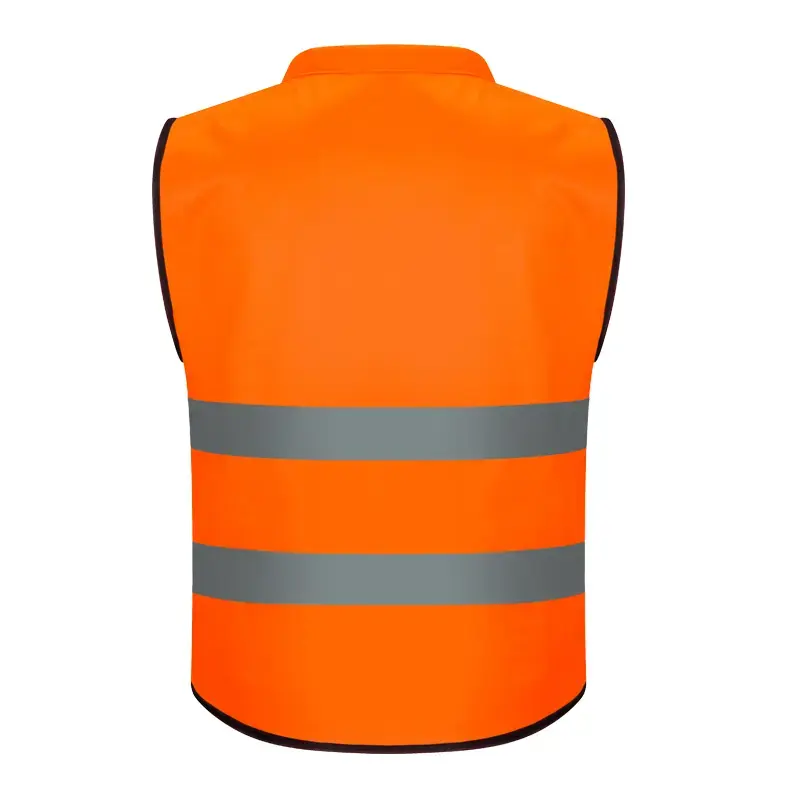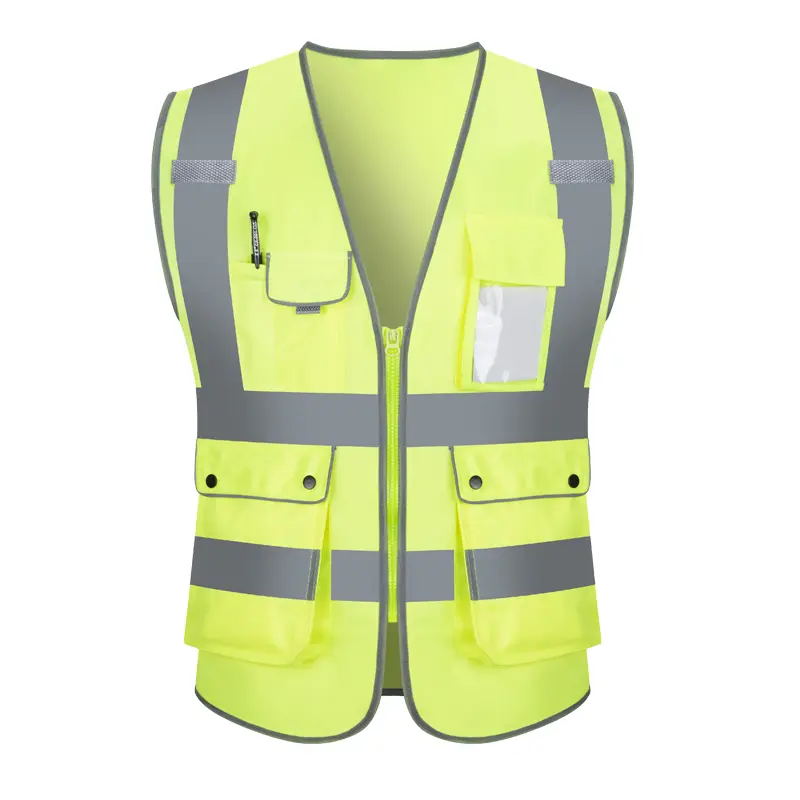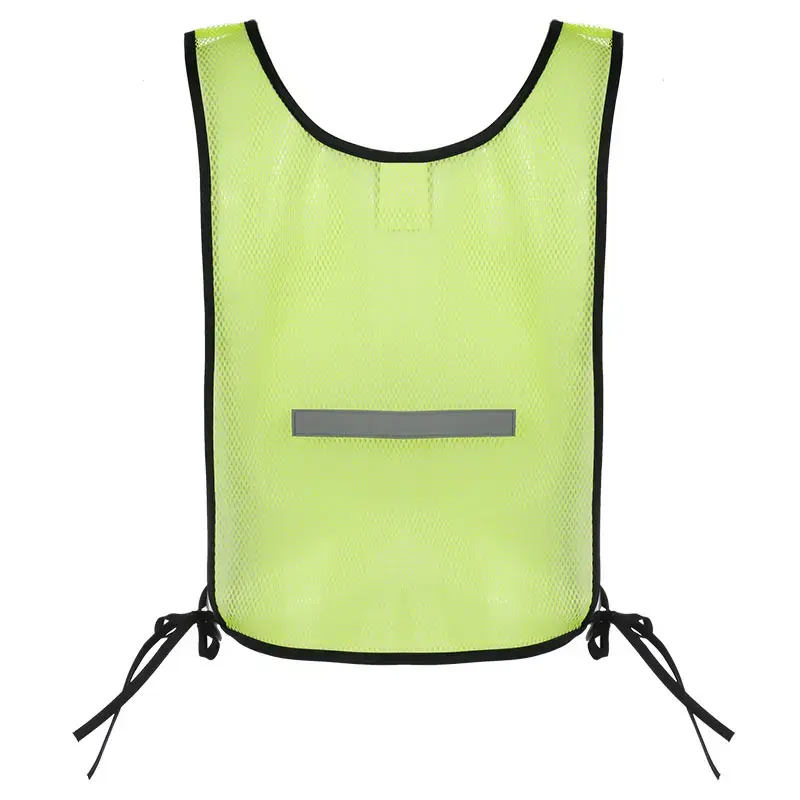Reflective Vest Production Process
Introduction
The production of Reflective Vests, also known as high-visibility safety vests, is a critical process that ensures the safety of workers in various industries. These vests are designed to increase visibility in low-light conditions, thereby reducing the risk of accidents. In this blog, we will delve into the production process of reflective vests, exploring the materials, manufacturing techniques, and standards that govern their creation. We will also discuss the market trends and the importance of meeting Google search engine crawling requirements for effective online visibility.
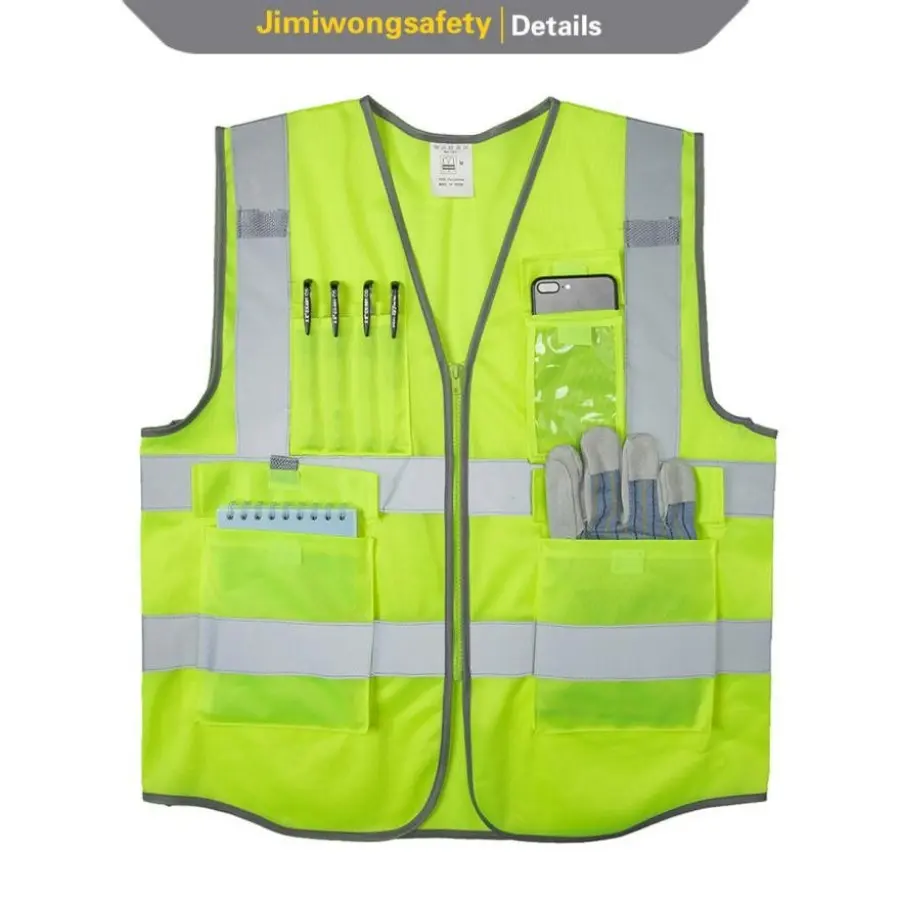
Understanding Reflective Vests
Reflective vests are categorized into three classes based on the ANSI/ISEA 107 standard: Class 1, Class 2, and Class 3, each with distinct requirements based on the wearer’s work environment and associated risks . Class 1 vests are for low-impact areas with minimal traffic, Class 2 vests are for higher-risk environments with traffic speeds below 50 mph, and Class 3 vests are for high-risk environments with traffic exceeding 50 mph .
Materials Used in Reflective Vests
The choice of material significantly impacts the performance, comfort, and cost of reflective vests. Polyester is the most commonly used material due to its durability, lightweight nature, and cost-efficiency . Cotton is preferred for its comfort and breathability, especially in hot weather conditions . Other materials include blends of polyester and cotton, as well as specialized fabrics designed for specific applications .
Production Process of Reflective Vests
1. Selection of Premium Materials
The production journey of a high-Visibility Jacket begins with the selection of premium materials. The outer shell is crafted from 300D Oxford industrial-grade high resistance fabric, dyed with fluorescent color to ensure optimal visibility even in low light conditions . To enhance its waterproofing and dirt resistance capabilities, the jacket is coated with a layer of DuPont Teflon .
2. Thermal Insulation
Filled with quilted DuPont Sorona thermal insulation, the jacket provides a haven of warmth in icy winter winds. Despite its warmth, the insulation is lightweight, machine washable, and environmentally friendly .
3. Design Features
The jacket is further equipped with a fleece lining stand collar, a front zipper complemented with a buttoned storm flap, ribbed cuffs with Velcro fasteners, and ribbed hems, all designed meticulously to lock in warmth.
4. Reflective Fabric Manufacturing Processes
Reflective fabric manufacturing involves several steps, including the application of reflective glass bead coating techniques and one coating, one processing method . These processes are critical to ensuring the safety of drivers and pedestrians.
5. Bead Planting
Bead planting in the reflective fabric manufacturing process involves the placement of small beads that are magnetized. These beads are dispersed across a piece of fabric and are applied using a rotary or flatbed printing apparatus.
6. Transfer Method
In one embodiment of the present invention, a reflective layer is formed on a substrate. A dye representing a pattern or color is applied to the surface of the reflective layer .
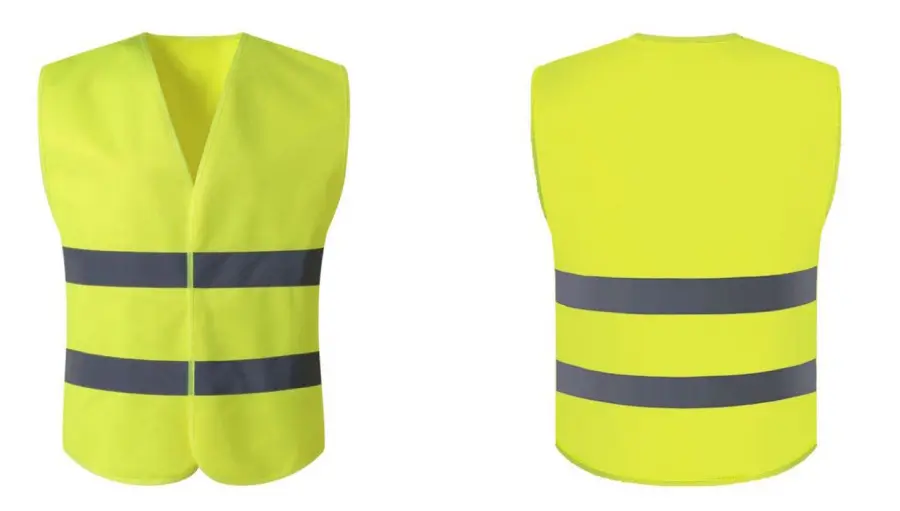
Market Outlook and Growth Factors
The global reflective safety vest market size was valued at approximately $1.2 billion in 2023 and is projected to reach $2.3 billion by 2032, growing at a CAGR of 7.1% during the forecast period . The growth is primarily driven by increasing workplace safety regulations, rising awareness about personal safety, and increasing infrastructure development and construction activities across emerging economies .
Conclusion
The production of reflective vests is a complex process that involves selecting high-quality materials, applying advanced manufacturing techniques, and adhering to strict safety standards. As the market for reflective safety vests continues to grow, it is crucial for manufacturers to stay updated with the latest materials and technologies to meet the increasing demand. Additionally, by following SEO best practices, we can ensure that this blog post is easily discoverable by users searching for information on reflective vest production, helping to educate and inform potential customers and industry professionals.

